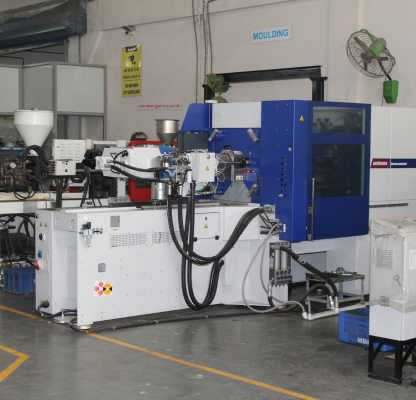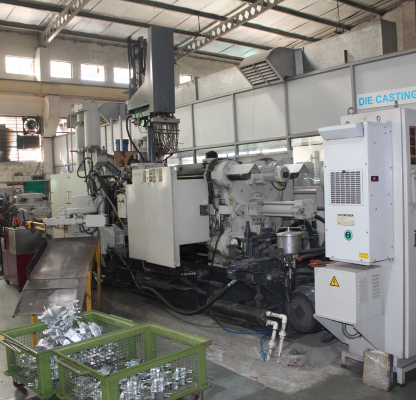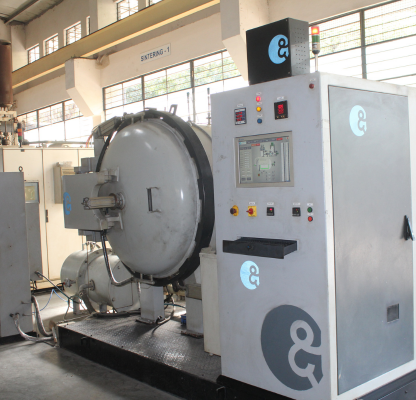Metal Injection Molding In Europe
- Home
- Metal Injection Molding In Europe
Metal Injection Molding
The Metal Injection Molding (MIM) process merges the adaptable design capabilities of Plastic Injection Molding with the durability and consistency of wrought metals, providing economical options for intricate part designs.
MIM is generally described through four distinct stages—Compounding, Molding, De-binding, and Sintering—that culminate in the production of the final component.
Metal Injection Molding process steps
Molding
Injection Molding uses the same equipment and method as Plastic Injection Molding. In this technique, pelletized feedstock is loaded into an injection molding machine, heated, and then injected at high pressure into a mold cavity.
This creates a “green part” that cools and is then ejected from the mold, allowing the process to begin again. The binders, which are intended to melt (acting as carriers for the metal powders), keep the process temperature at about 200°C.
The molds may have multiple cavities to increase production efficiency. To compensate for shrinkage during sintering, the mold cavity is made approximately 20% larger than the final desired product. This shrinkage factor is precisely calculated for each material used.


Debinding
After Injection Molding, the shaped part moves to the next stage called the De-binding process. This step focuses on removing the binder materials from the molded Metal Injection Molding (MIM) part.
Usually carried out in several phases, this process extracts most of the binder before sintering, leaving just enough to ensure the parts can be managed and transported into the sintering furnace.
Binder removal is accomplished using various methods, with solvent extraction being one of the most prevalent. After debinding, the part becomes semi-porous, which facilitates the release of any remaining binder during the sintering stage.
Sintering
The components are placed on ceramic setters and then loaded into a sintering furnace that can reach high temperatures and maintain controlled atmospheres. In the furnace, the brown parts are slowly heated in a protective environment to remove any residual binders.
Once the binders have been vaporized, the temperature of the metal parts is raised to a point where the gaps between particles close as the particles themselves start to meld together. This fusion causes the part to shrink uniformly to its final dimensions, resulting in a dense, solid structure.
The density of these sintered parts generally reaches over 97% of the theoretical density for most materials. Such high density imparts properties similar to those of wrought materials to the finished products.

Introduction to Europe country modling
In Europe, Metal Injection Molding involves placing the debinded parts on ceramic setters, which are then introduced into a high-temperature, atmosphere-controlled sintering furnace. Here, the brown parts are gradually heated within a protective atmosphere to expel any leftover binders. After the binders have evaporated, the temperature of the metal parts is increased to a level where the spaces between particles are eliminated as the particles themselves begin to merge. This process causes the part to shrink isotropically to its planned dimensions, resulting in a dense, solid form. The density of the sintered parts usually exceeds 97% of the theoretical density for most materials, endowing the final product with properties akin to those of wrought materials.
